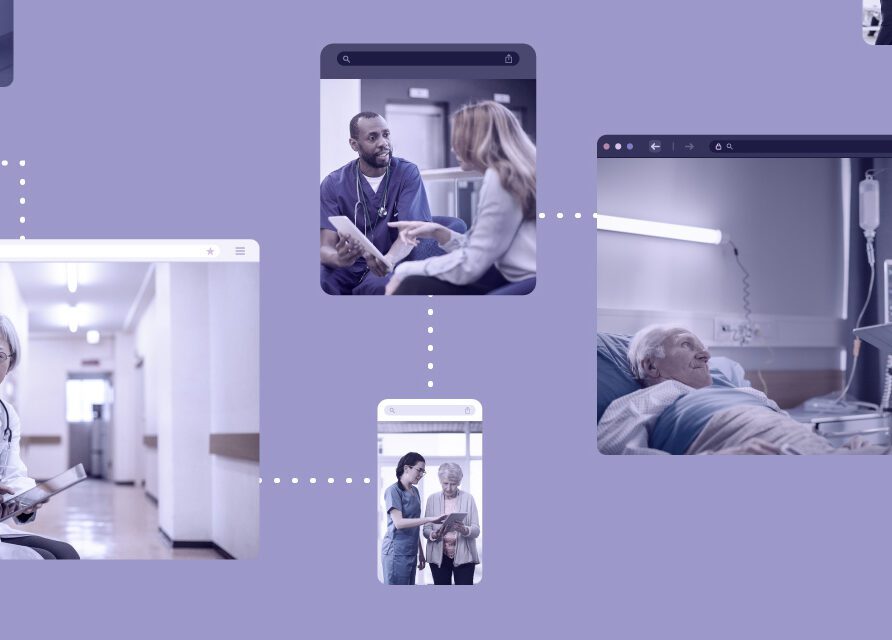Article
Cancer screening and COVID-19: Getting patients back on track
In the beginning of the pandemic, healthcare organizations everywhere limited or canceled non-urgent patient visits. While this helped prevent the spread of COVID-19, medical experts predicted that unintended consequences would follow. For example, providers feared that delayed cancer screenings would lead to delayed diagnoses and, in turn, worse prognoses for patients.
As more time passes, we can better study the ripple effects of the pandemic. Here’s what healthcare organizations should know about trends in certain cancer screenings and what providers can do to help patients maintain their health.
The pandemic’s impact on screening
Researchers from the American Cancer Society analyzed national survey data from the Centers for Disease Control and Prevention (CDC) to determine how breast cancer, cervical cancer and colorectal cancer screening rates in 2020 compared to 2018 (when the same survey was last conducted). The data revealed that breast cancer screenings decreased by 6%, or 2.13 million, and cervical cancer screenings decreased by 11%, or 4.47 million in the U.S. in 2020. Given that breast cancer and cervical cancer are some of the most common cancers among women, these declines means thousands of patients may have prolonged or missed their cancer diagnoses.
Colorectal cancer screening, however, did not follow this trend. Although many patients could not access colonoscopies in early 2020, the availability of at-home stool testing gave patients a socially distant alternative. As a result, colorectal cancer screenings in 2020 remained consistent with 2018 numbers.
Social determinants of health (SDOH) have gained focus over the last few years, and this study illuminates differences in cancer screenings since the pandemic. For example, in 2020, breast cancer screenings decreased by 5% and 3% among white women and Black women, respectively, compared to decreases of 10% among Hispanic women, 17% among American Indian/Alaska Native women and 27% among Asian women. Additionally, cervical cancer screenings decreased 17% among non-high school graduates, compared to 9% among college graduates.
Closing the gap
It has been more than two years since the start of the pandemic, but many patients still may not have completed the screenings they were due for in 2020. And because early detection means cancer treatments are more likely to be effective, getting patients back on track is crucial.
Providers can help narrow the gap by raising any overdue screenings during annual physicals and other patient visits. Providers can also scan electronic health records (EHRs) for high-risk patients that are overdue for screenings and conduct patient outreach as needed.
In addition to these targeted approaches, healthcare organizations should consider leveraging their patient portals, email and other communication tools to educate patients on the importance of regular cancer screenings and what measures they are taking to ensure screenings are done safely while COVID-19 persists. Finally, healthcare organizations may also want to partner with local organizations like community centers and faith-based groups to help share this information and bring screening rates back to pre-pandemic levels.
Read the full study here for more information.













